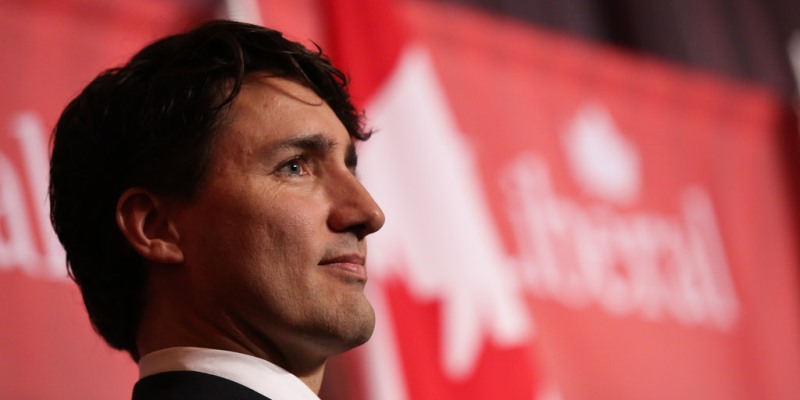Important oversights from Budget 2022

At 300-plus pages, it’s impossible for anyone to reasonably analyze the recent federal budget comprehensively in a day or two. However, as the foundational document setting down the government’s intentions for spending, taxing and borrowing for the following year and roughly into the future, it’s important to assess the budget methodologically. To that end, we outline several oversights in the immediate media coverage and analysis of the budget that Canadians should understand.
Spending Comparisons
First, many commentators characterized the budget as “prudent” or “restrained.” This is largely a function of comparing only how the federal government responded to marked increases in revenues. For instance, total revenues between 2022-23 (current fiscal year) and 2026-27 are expected to be $78.6 billion higher than previously budgeted in the fall of 2021 over the same period. Of that amount, $50.0 billion is being spent on new programs and increasing spending on existing programs, and the cumulated deficit over that period is now expected to be $19.7 billion lower.
However, such an analysis ignores the base year of analysis. Both 2020-21 and 2021-22 included extraordinary spending linked to COVID. A comprehensive analysis of the budget must compare revenues, spending and borrowing in 2022-23 with 2019-20, which had limited fiscal effects from COVID. It’s a way of asking and answering whether government spending and the financing required for it (i.e. taxes and borrowing) are returning to pre-COVID levels.
An analysis comparing taxing, spending and deficits between the current year (2022-23) and 2019-20 shows just how aggressively Ottawa is focused on spending. Revenues are expected to increase 22.2 per cent in 2022-23 compared to 2019-20. However, program spending is expected to increase by 25.7 per cent. Not surprisingly, the projected federal budget deficit in 2022-23 is 34.0 per cent higher than the deficit recorded in 2019-20. Clearly the government is not interested in returning to pre-COVID norms but rather establishing a significantly higher level of permanent spending and taxing.
And there are some notable issues with some of the federal spending estimates.
For starters, the federal budget did not include any earmarks or cost estimates for national universal pharmacare, which was a central part of the Liberal/NDP governing agreement. In chapter 6 of the 2022 budget, the federal government committed to “its ongoing work towards a universal national pharmacare program. This will include tabling a Canada Pharmacare bill and working to have it passed by the end of 2023.” This is a material oversight since the costs of a national pharmacare program could be significant. For instance, the Hoskins Report estimated that the annual cost, once fully implemented, could be as high as $15 billion.
Similarly, the details of the new dental-care program—which will ultimately cover Canadians under the age of 18, seniors and people with disabilities living in families with income of less than $90,000—are insufficient to clarify whether there’s a risk of individuals and businesses shifting some of their dental-care expenses on to the new federal program, which would increase its costs from the current estimate of $1.7 billion annually.
Risk of Tax Increases
The federal government again raised the possibility of a new tax without much details, causing yet more uncertainty among potential entrepreneurs and investors. Indeed, some of the section, buried on pages 206 and 207 of the budget, is quite confusing since it indicates a new tax could both target Canadians with income over $400,000 (income tax) while also referring to the wealthiest one per cent, which would indicate a wealth or asset-based tax. In both cases, we have relatively clear evidence of the enormous downsides of raising income taxes and/or imposing a new wealth tax on entrepreneurs, professionals, businessowners and investors, particularly when we need them engaged and confident in the future of the country.
Budget 2022 lays a foundation for continued high spending by Ottawa despite the unwinding of COVID-related spending, and the possibility of large and potentially damaging tax increases in 2023, which are not the basis for prosperity despite the budget being marketed as a plan to “grow our economy.”
Authors:
Subscribe to the Fraser Institute
Get the latest news from the Fraser Institute on the latest research studies, news and events.


